The Daries Salaam Ahmadiyya Muslim Jr. and Sr. Secondary School lacks clean, sufficient water. Four hundred and nineteen students, alongside twelve staff members, are often on the hunt for water. What they find is contaminated and difficult to access.
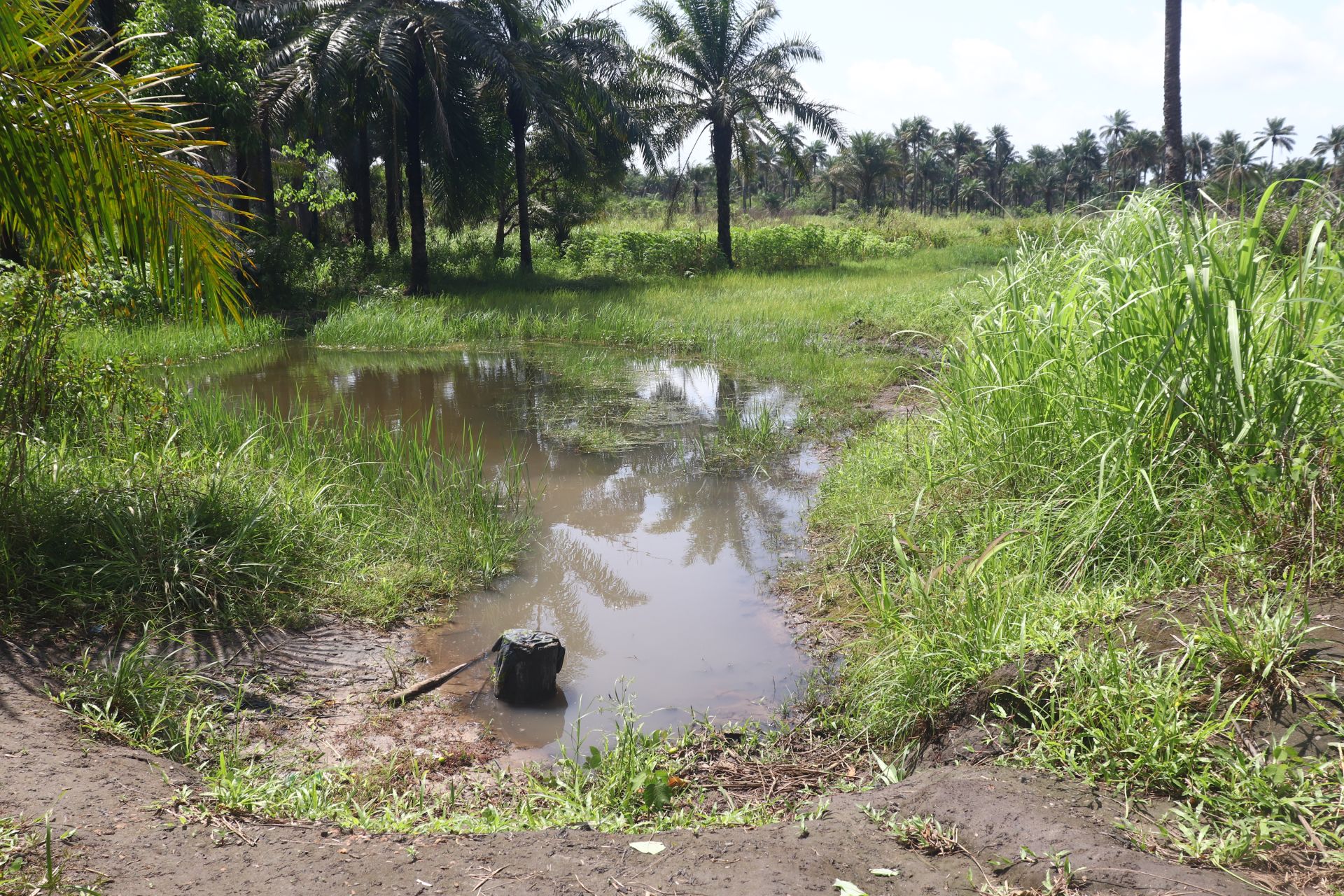
The swamp used to collect water.
There is a dug well off campus that runs dry, leaving them only one other option: a local swamp. As you can imagine, the water from the swamp provides far more problems than it solves.
Frustration and illness run amok at school. Mabinty, 17, is sadly accustomed to this being her normal daily experience.
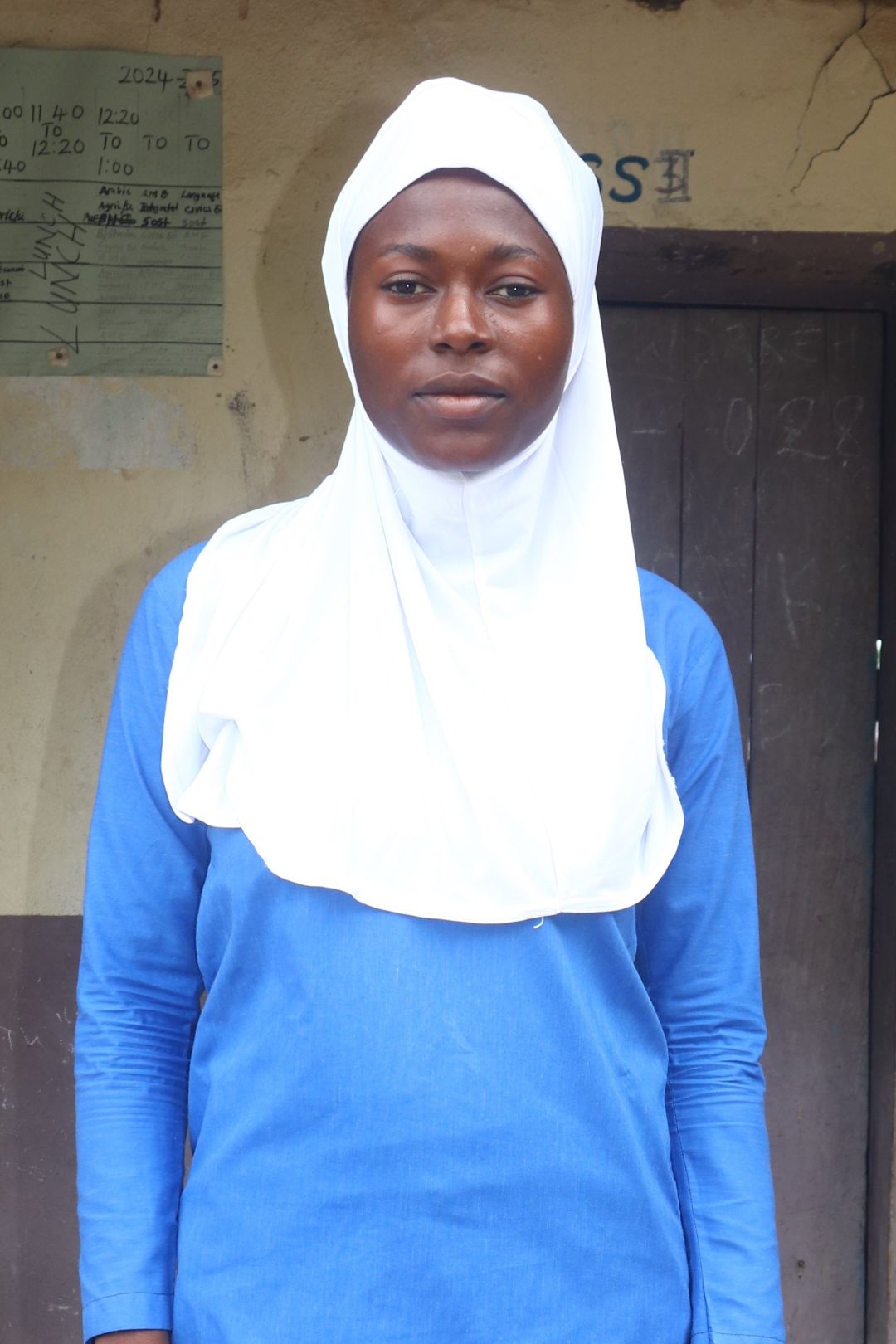
Mabinty.
Mabinty described the well they can't rely on. "One of the things that hinders me from fetching water on time is the use of the rope to fetch water from the well. Although the rope is attached to the handle that we use to swing each time we want to fetch water, it requires a lot of energy. This causes delays, especially when the rope is cut. I [am] unable to fetch water unless we retrieve the rubber [bucket], since it remains inside."
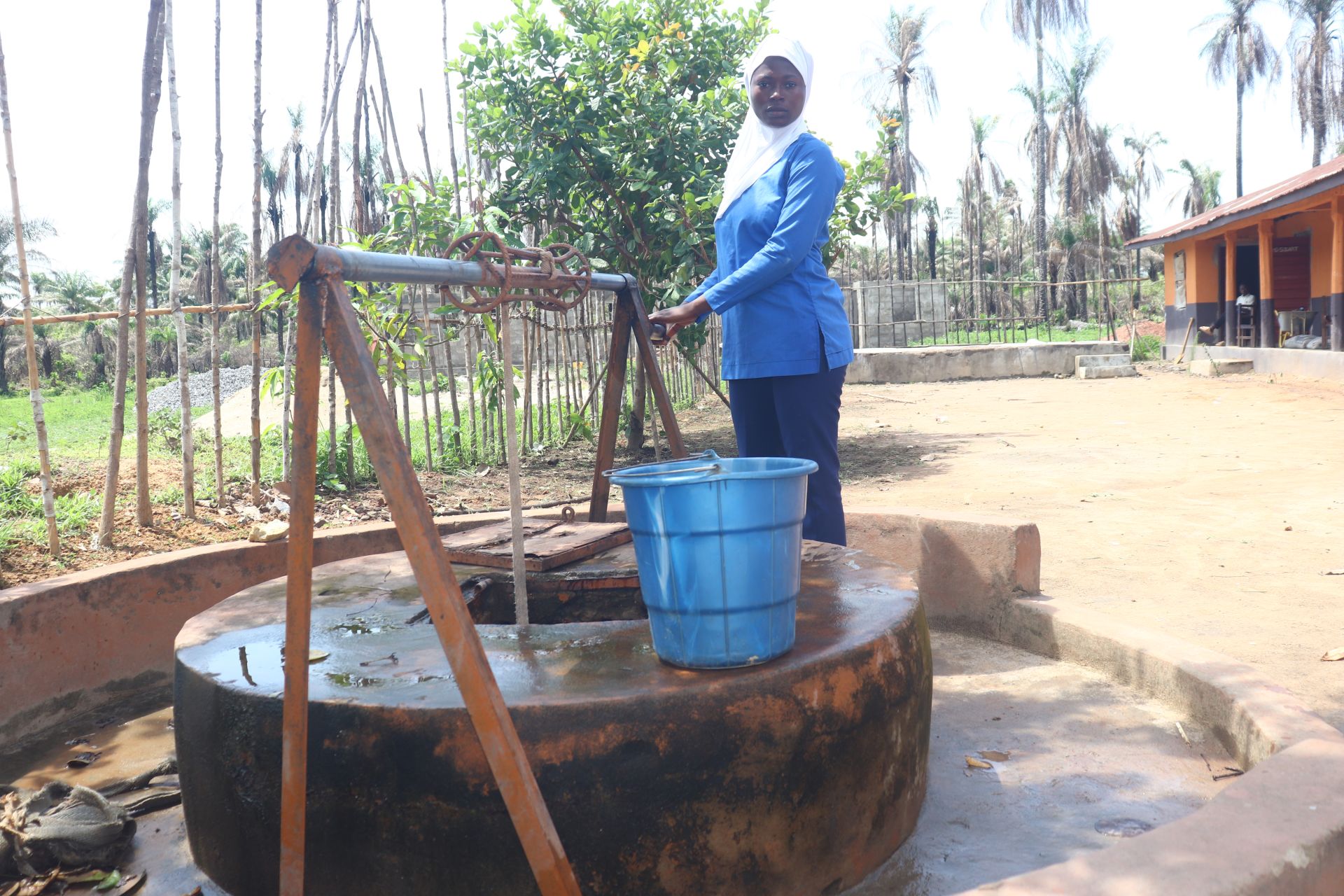
Under the hot sun, Mabinty hauls the bucket up inch by inch.
She went on to talk about their only other water source, the local swamp. "Similarly, the fetching of water from the swamp causes me to be delayed. This happens when our main source of fetching water becomes dry. I have no choice but to walk far distances to fetch water from the swamp water source, which is equally challenging."
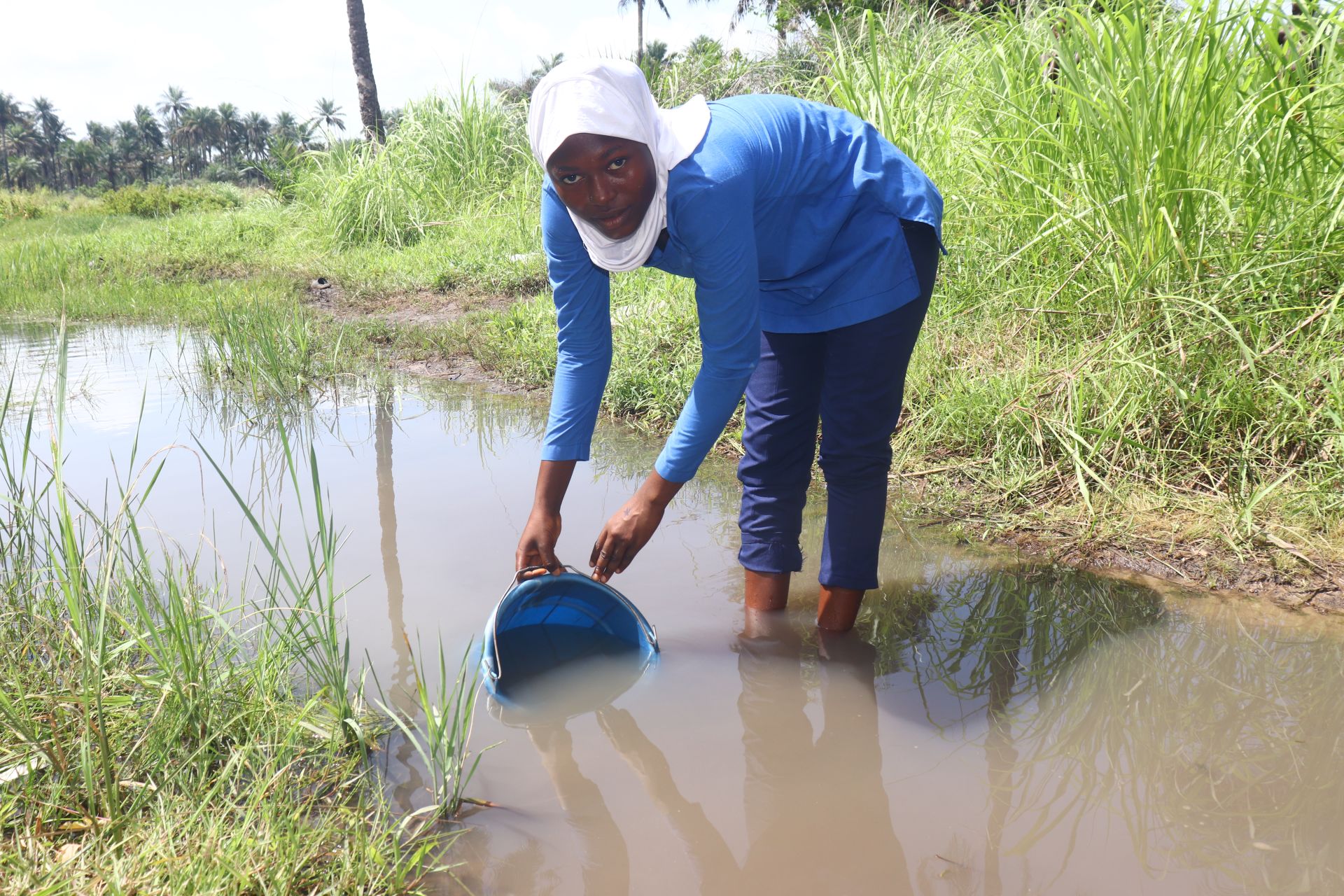
Collecting water from the swamp.
Neither water source offers Mabinty peace of mind or helps her build a brighter future.
"There are times I will leave class just to fetch water for our use. Each day, we have a rooster when it comes to the fetching of water for drinking and other purposes. Whenever it gets to my turn, I must leave class to fetch water. By the time I have finished fetching water, time will have gone. I will have limited time to listen to the explanation from the teacher. Even though I will copy the notes, the explanation will be missing. My friends will not be in a better place to explain to me based on their limited knowledge on the subject. All this has affected my performance in school," Mabinty explained.
All of this hardship begins to take a toll on Mabinty and her classmates. She is on the cusp of adulthood and possibility, but the water crisis she lives in is all-consuming.
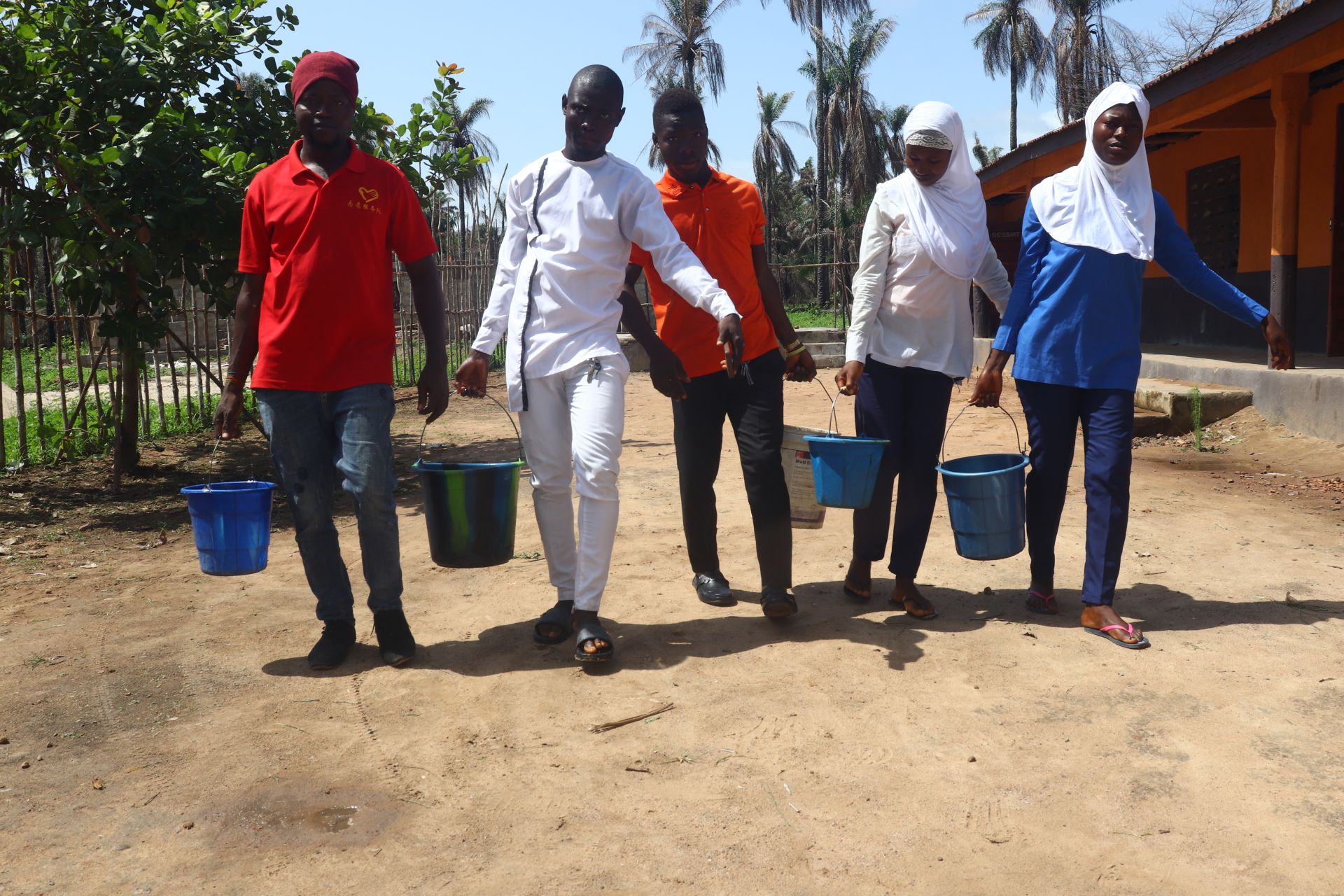
Being sent for water.
"I feel unhappy each time I am sent to fetch water, especially during [the] dry season. This is because I must move from the school grounds and go to the swamp to fetch water. The distance alone to the swamp water source discourages me from going," Mabinty lamented.
Hope is on the horizon. With a drilled well on campus, Mabinty's life will improve significantly!
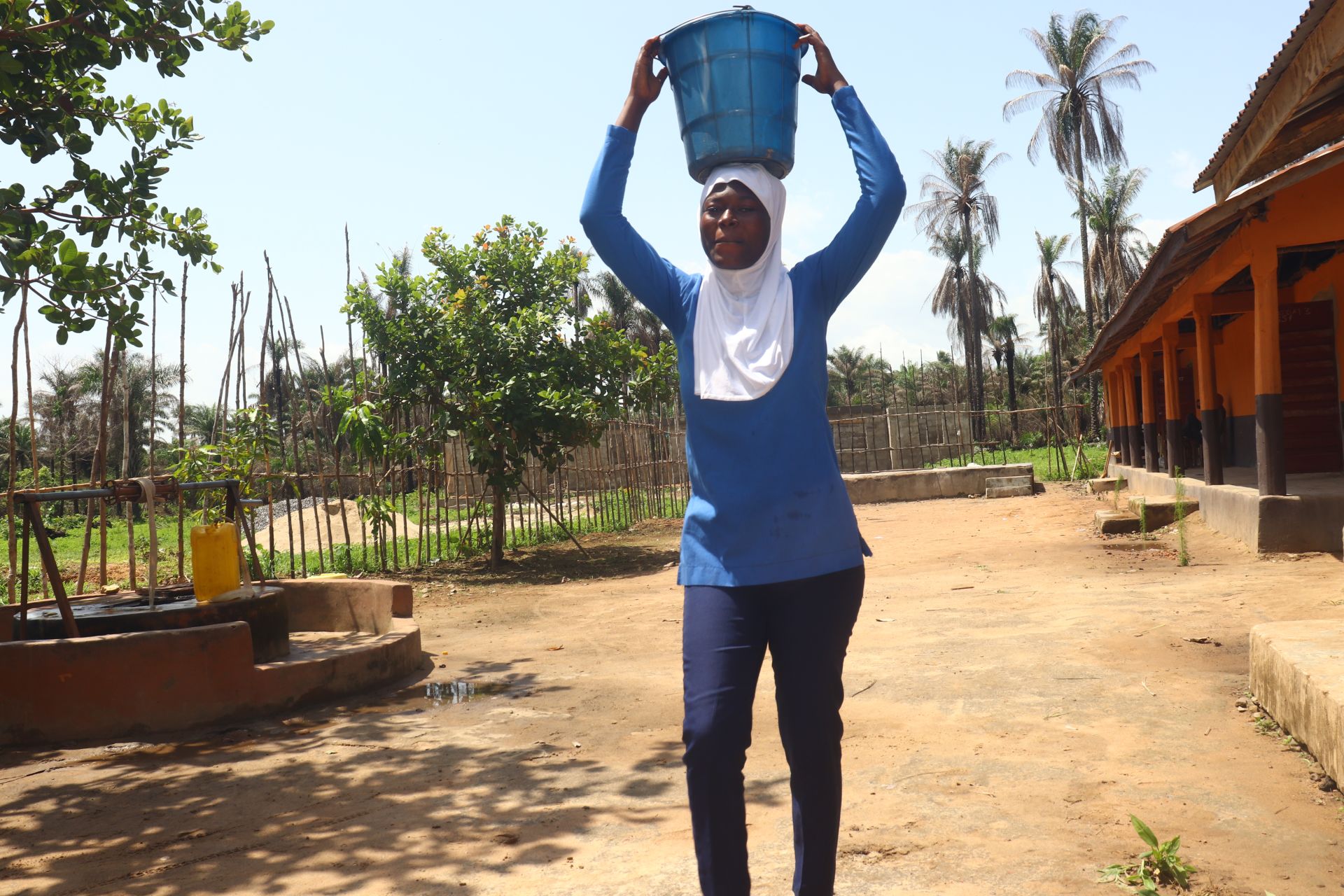
She is a diligent dreamer who knows what she wants out of life. "I want to be a nurse when I grow up. This is something I have [been] passionate about doing right from my primary school days. I know with the help of God, backed up with hard work and commitment, I will be able to accomplish it."
Access to clean water will give Mabinty and her classmates the foundation to pursue their goals and create the life they often dream of having.
Steps Toward a Solution
Schools without reliable, on-premises water access often rely on students to fetch and carry water, leading to rationing and uncertainty about water quality. The water is typically poured into a communal storage tank and used by the entire school. With children carrying water from all different sources, it is also impossible for teachers and staff to know exactly where the water comes from and how safe it is to drink.
A new water point will be located on-premises at the school to ensure accessibility, reliability, and safety for students, teachers, and staff while meeting our school coverage goals. Having water available at the school allows children to drink, wash hands, and use sanitation facilities without leaving school grounds, preventing disruptions to lessons and reducing safety risks. A dedicated source increases water availability, reduces reliance on stored water, minimizes rationing, and ensures confidence in the safety of the water. This means staff and students are healthier, and their lessons aren’t disrupted, contributing to a better education!
Our technical experts worked with the school leadership to identify the most effective solution to their water crisis. They decided to rehabilitate an unsafe, insufficient well to convert it to a borehole well.
Rehabilitating a Well
Abundant water often lies just beneath our feet. Aquifers—natural underground rivers—flow through layers of sediment and rock, offering a constant supply of safe water.
The well marked for this overhaul is dry for several months a year and needs major work to supply adequate, clean water to the school community year-round. A hand auger will be lowered inside the well, powered by a drill team. The team will work to drill several meters deeper to hit a sufficient water column to ensure the well supplies water throughout all seasons. As the team drills, the casing will be installed, transforming the bottom of this well into a borehole. PVC piping will connect this lower system directly to the pump, a component we know will also improve water quality. Finally, we will reconstruct the platform for the well and attach the hand pump.
Once this plan is implemented, everyone within the school will have access to safe drinking water in quality and quantity, even through the dry months.
School Education & Ownership
Hygiene and sanitation training are integral to our water projects. Training is tailored to each school's specific needs and includes key topics such as proper water handling, improved hygiene practices, disease transmission prevention, and care of the new water point.
To ensure a lasting impact, we support forming a student health club composed of elected student representatives and a teacher. These clubs promote hygiene practices schoolwide and keep handwashing stations well-stocked. This student-led model encourages a sense of ownership and responsibility.
Safe water and improved hygiene habits foster a healthier future for everyone in the school and the surrounding community.
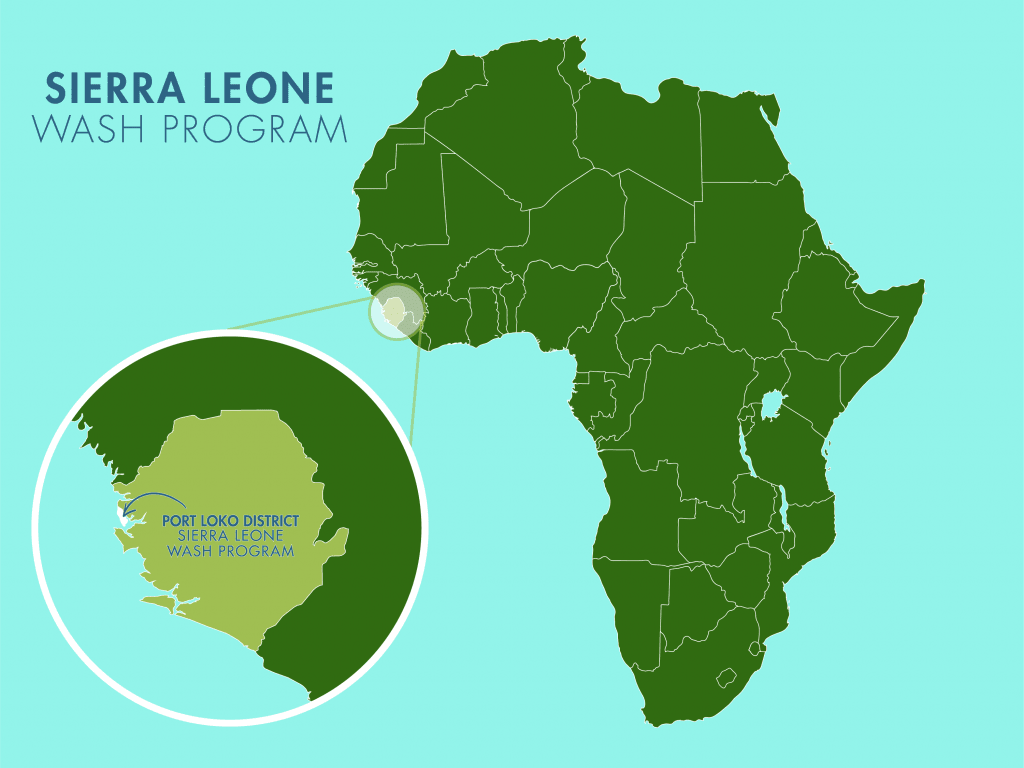
 Borehole Well and Hand Pump
Borehole Well and Hand Pump
 Rehabilitation Project
Rehabilitation Project
















